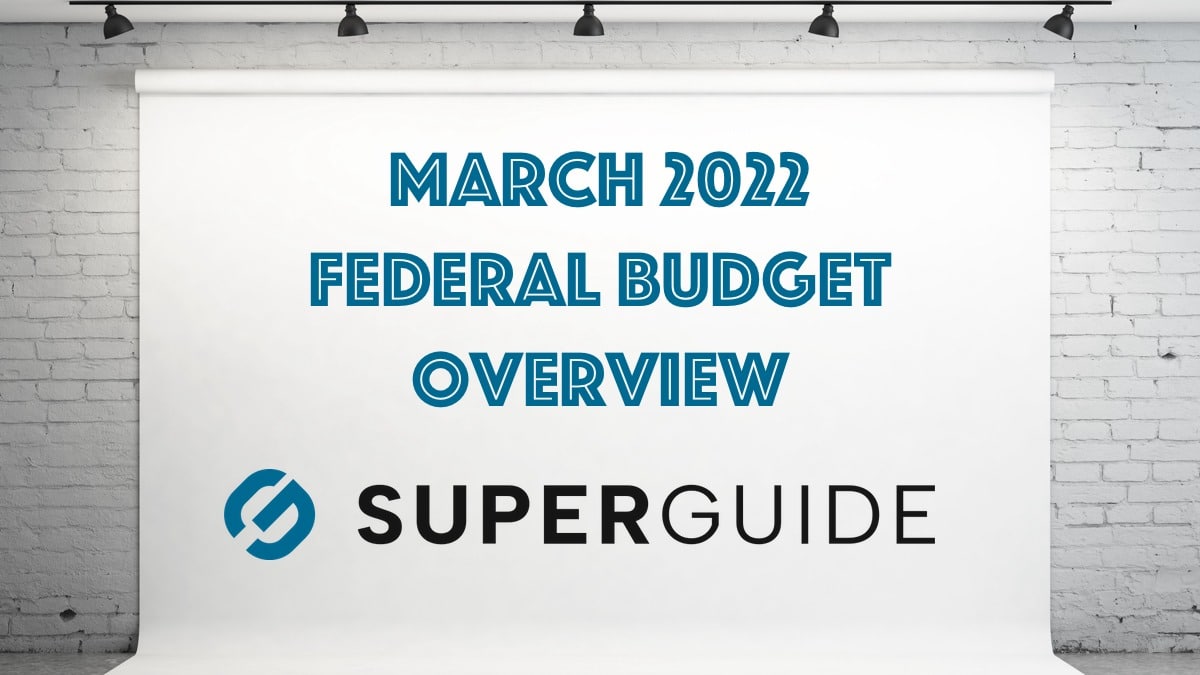Josh Frydenberg delivered his fourth federal budget on 29 March 2022. The budget is normally delivered in early May but was brought forward this year due to the upcoming federal election.
The following announcements affect superannuation, tax and retirees.
SUPERANNUATION ANNOUNCEMENTS
Extension of minimum pension drawdown rate reductions
When you retire and start living off your superannuation savings in a super pension or annuity, a minimum amount must be withdrawn each financial year. The payment rate is a percentage of your account balance and depends on your age, as shown in the table below.
At the start of the pandemic the federal government halved the minimum pension drawdown rates for the 2019–20, 2020–21 and 2021–22 financial years and these reduced rates will now be extended for the 2022–23 financial year. This extension had already been announced by Josh Frydenberg on 25 March.
| Age of beneficiary | Temporary percentage factor (2019–20 to 2022–23) | Normal percentage factor (2013–14 to 2018–19) |
|---|---|---|
| Under 65 | 2% | 4% |
| 65 to 74 | 2.5% | 5% |
| 75 to 79 | 3% | 6% |
| 80 to 84 | 3.5% | 7% |
| 85 to 89 | 4.5% | 9% |
| 90 to 94 | 5.5% | 11% |
| 95 or more | 7% | 14% |
Source: SIS Act
Learn more about minimum pension drawdown rates.

